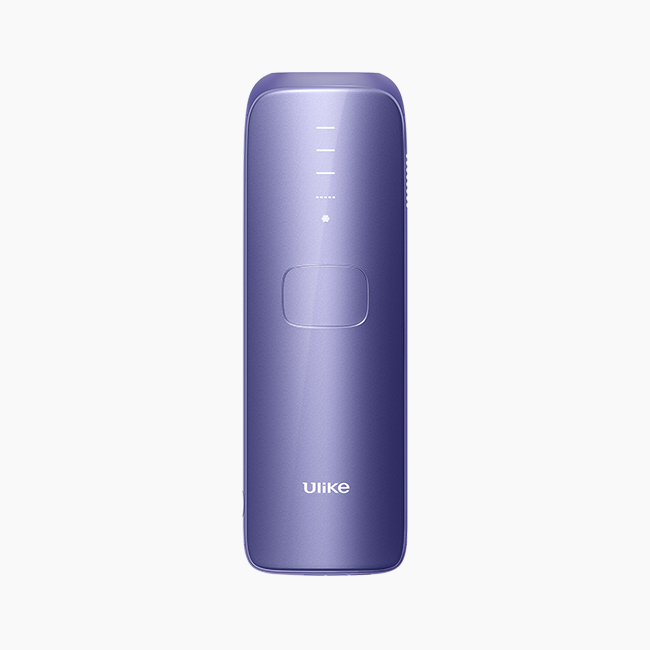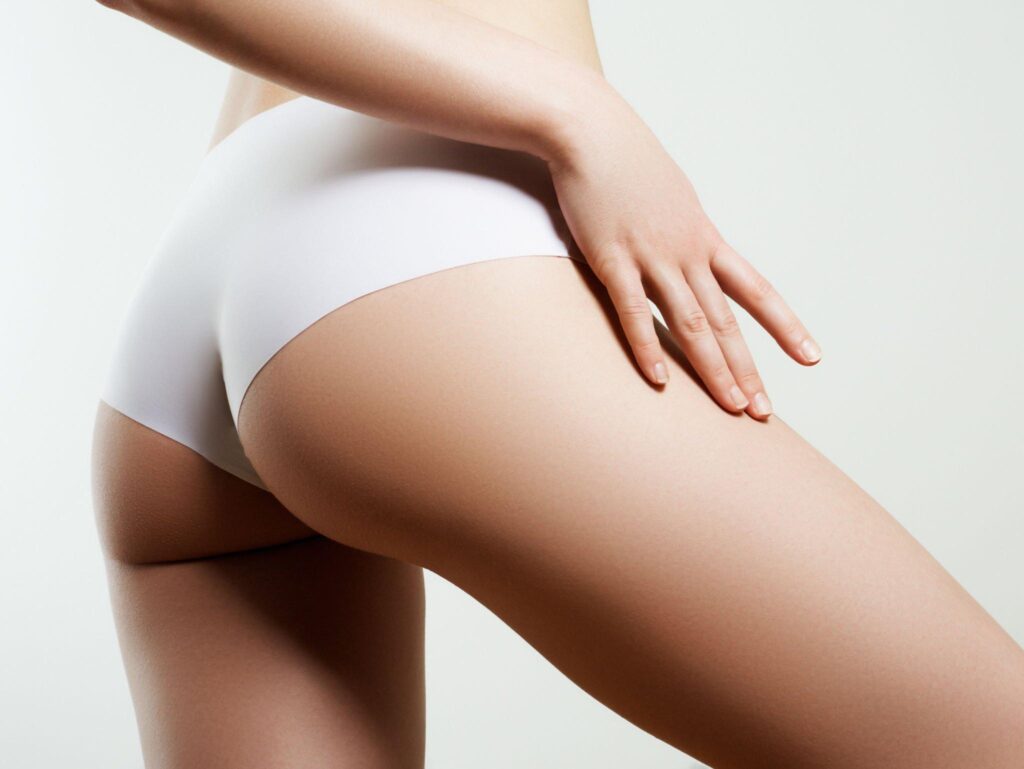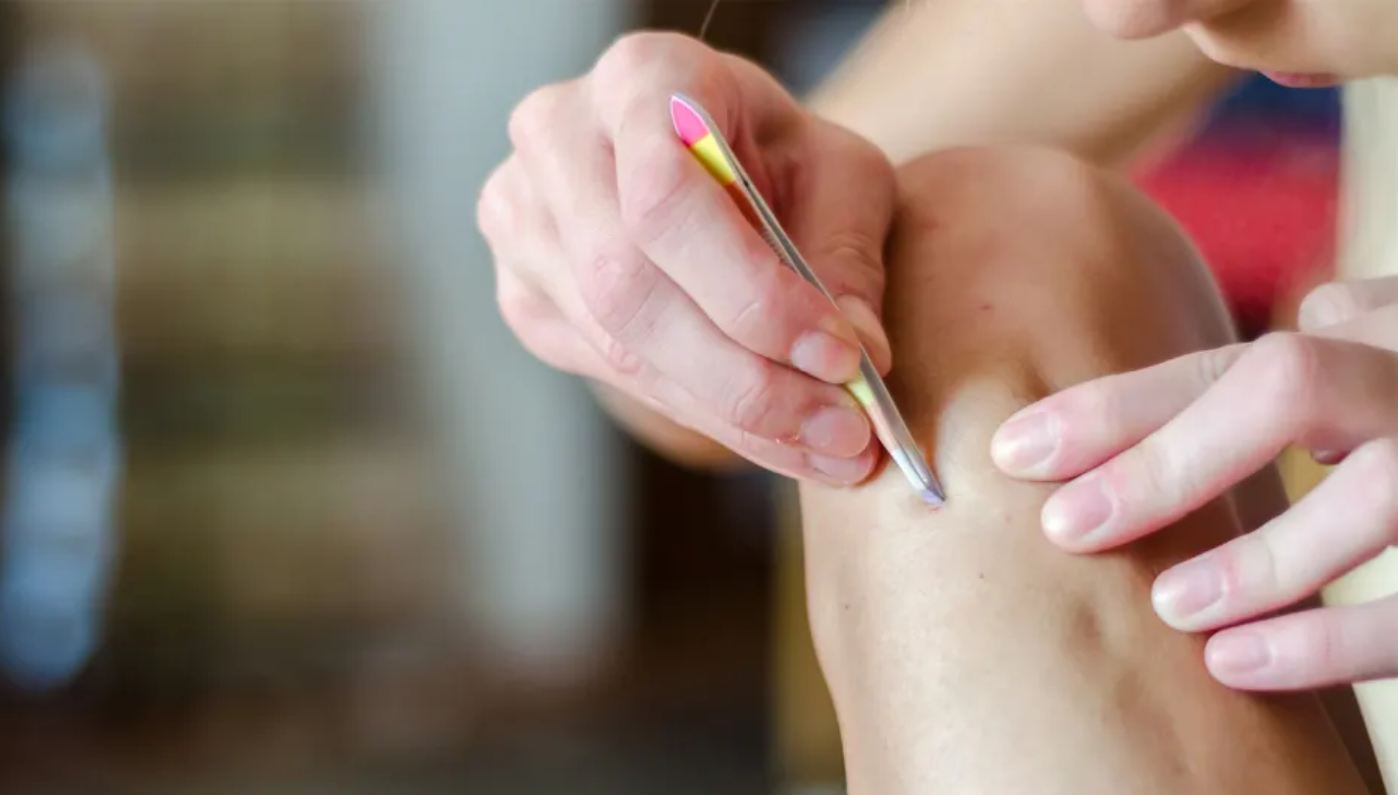
In your search for flawless, smooth, and hair-free skin, one unusual spot you may also want to include is the anus. It is not a bad need, but hair growing in the butts area is the norm for every human, and it doesn’t even grow that fast.
The truth is, removing hair from the butts poses no health risk when done properly. But since it is a very sensitive area, there is a need to be very careful when trying to remove hair from that area. It’s best to visit a professional to avoid any kind of mistake.
If you are looking to remove hair from your anus, there are often two methods available: temporary and long-lasting. This article contains both temporary and long-lasting methods of hair removal in the anus. However, before we dive right in, why does hair grow on the anus?
Table of Contents:
Why Do Hairs Grow in the Anus?
Well, like every other human hair, the reasons are probably the same. It helps regulate human temperature and adapt to different climates, but humans have now evolved. We don’t need as much hair as many animals do for survival. Most researchers don’t even know the purpose of butt hairs, though there are numerous theories, of which only a few might be true.
Some of these unconfirmed theories say its primary function is to reduce friction. A few others said it works as a personal scent used for attracting mates by human ancestors. In any case, all these claims are without solid evidence, so there is no need to panic.
If you decide to remove hair from your butts, there are probably little to no downsides to be wary of as long as it is done properly.
Temporary Hair Removal Methods
Since butts hairs don’t even grow that fast, considering temporary hair removal options may be just fine. That area is very sensitive; adequate care must be taken if you are doing it yourself. A wall mirror placed in front might help.
-
Shave it off
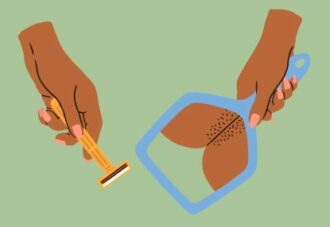 You are probably expecting something not as popular as this, but here you have it. Shaving can be the best option to remove all those hairs you don’t want to see. A bikini shave looks like the best option; a razor is not bad, either. But make sure it is a sharp one.
You are probably expecting something not as popular as this, but here you have it. Shaving can be the best option to remove all those hairs you don’t want to see. A bikini shave looks like the best option; a razor is not bad, either. But make sure it is a sharp one.
During the process, it is advised that you have a mirror in front of you to avoid cutting yourself mistakenly. Other precautions that can help avoid irritation include washing the area with soap and water, applying shaving cream or gel, and shaving slowly.
-
Wax them off
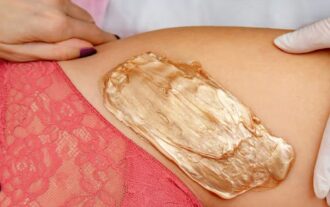 Waxing is one of the most common hair removal methods, and yes, you can remove butts hairs with it as well. The primary aim of waxing unwanted hair is to pull out the hair from its roots and make you go hairless for a longer period, usually 2 to 4 weeks.
Waxing is one of the most common hair removal methods, and yes, you can remove butts hairs with it as well. The primary aim of waxing unwanted hair is to pull out the hair from its roots and make you go hairless for a longer period, usually 2 to 4 weeks.
If you’re new to this approach, it’s best to leave it to professionals because of the technicalities, but if you are so determined to do it yourself, that’s not bad either. First, for this case of hair removal, it is advised that you take a warm water bath before the whole show.
If the hair is about ¼ inch long, you should trim it with scissors before applying the wax to the area. Then, apply a wax cloth over it and wait until it hardens. Lastly, hold the taut and, with ease, pull off the wax strips to get rid of the hairs.
-
Use depilatory hair-removal creams
 If you are not comfortable with any of the methods above, this may be your best bet to get rid of those unwanted hairs in your anus temporarily. Depilatory creams, also known as hair removal creams, are one of the few methods of removing hair in private areas. If you are hearing of hair removal creams for the first time, you are surely wondering how a cream can help you achieve this.
If you are not comfortable with any of the methods above, this may be your best bet to get rid of those unwanted hairs in your anus temporarily. Depilatory creams, also known as hair removal creams, are one of the few methods of removing hair in private areas. If you are hearing of hair removal creams for the first time, you are surely wondering how a cream can help you achieve this.
Hair removal creams work by dissolving the hairs on the skin’s surface. The downside of this method is that it can irritate the skin. If your skin is super sensitive, it is usually recommended that you choose a less sensitive cream and endeavor to test it on your other skin areas before you apply it to your anus.
In the event of some negative after-effects, it is best to call it a quit to avoid further repercussions. Based on the FDA reports, more cases of rashes, blisters, skin peeling, and burns have been recorded as a result of the use of depilatory creams.
-
Trim it
If you are so afraid of a possible side effect, just trim it. Trimming is considered the safest means of getting rid of body hair. The reasons are not far-fetched; it is the easiest, and the side effects are almost zero. Shaving, waxing, and using hair removal creams all have side effects, though with different risk levels, especially when it involves ingrown hairs.
All you need to trim it off is a small electric shaver or scissors; just give it a low cut. As sweet as it sounds, it requires extra care, as things like this can be very difficult, especially as it involves sensitive parts of the body.
Long-lasting Removal Methods
If you are tired of having to use any of the temporary solutions every time, and you want something that can just get rid of everything and won’t make it grow back, there are a few options to achieve this.
-
Laser hair removal
 When you hear the word laser, something else might probably come to mind. You are not wrong, nor are you completely correct.
When you hear the word laser, something else might probably come to mind. You are not wrong, nor are you completely correct.
Laser hair removal is one of the few techniques to remove unwanted body hair. As the name implies, a laser beam is used in the process. What happens when lasers are used is that the beams will vaporize the hair follicles and then remove the hairs.
While this is not completely a long-lasting hair removal solution, it can effectively reduce the rate of hair growth on your anus. To be honest with you, this is not a DIY practice you can do at home; you need to book a session with an expert to avoid complicating issues. Usually, you might need up to six sessions in a row to achieve absolute results.
As effective as this laser hair removal method can be, it comes at a price: discomfort. If anyone tells you it’s going to be nearly painless and smooth, that’s a big lie. The pulses often felt like pinpricks, and talking about the sensation that comes with having a rubber band snapped against your skin, you probably knew how it would feel.
In case your body is overly reactive to pain, it is recommended that you take a pain reliever like acetaminophen over the counter before the start of the session.
Aside from the sensations, some adverse effects, like swelling and red skin, may manifest in a few days; this is common in sensitive areas of the body. Other side effects like infection, scarring, and blistering are possible as well. To put yourself in a safe zone to lower the risks, you may need to opt for laser therapy by a certified dermatologist.
-
Electrolysis
Electrolysis as a method of hair removal from the anus is sure to get you thinking, especially if this is your first time hearing it. The use of electrolysis for hair removal involves using small electric currents, usually transmitted through a tiny needle and driven into the follicles, to cause the hairs to fall and reduce their possibility of growing back.
Similar to lasers, the aftereffects are common to follow. So to avoid complicating issues, a follow-up treatment is needed. Being a delicate part of the body, discomfort in no small measure can set in during practice. You should take pain-relieving medication before the whole operation starts if you cannot endure much pain.
 For other hair removal around the groin (not the anus), an IPL device like the Ulike Sapphire Air3 Hair Removal handset can help you get rid of unwanted hairs too. The best part is that you get to do it yourself and save on the cost of booking sessions with experts. Unfortunately, IPL devices are not recommended for sensitive areas like the anus. However, it works well for removing body hair from other non-sensitive parts of the body.
For other hair removal around the groin (not the anus), an IPL device like the Ulike Sapphire Air3 Hair Removal handset can help you get rid of unwanted hairs too. The best part is that you get to do it yourself and save on the cost of booking sessions with experts. Unfortunately, IPL devices are not recommended for sensitive areas like the anus. However, it works well for removing body hair from other non-sensitive parts of the body.
Bottom Line
Removing hair from your anus is a personal choice—your body, your anus. There are temporary methods like shaving, waxing, trimming, and applying hair removal creams that you can do at home by yourself. However, both of the long-lasting methods—electrolysis and laser—should only be done by an expert.
When taking any steps to remove your butt hairs, you must consider the possible after-effects. It is even more proper to see a dermatologist for advice before anything at all.

